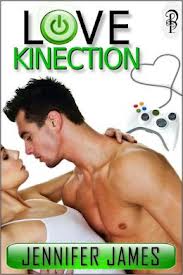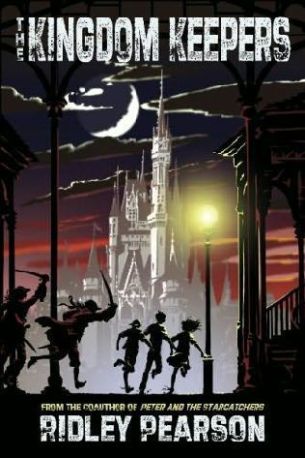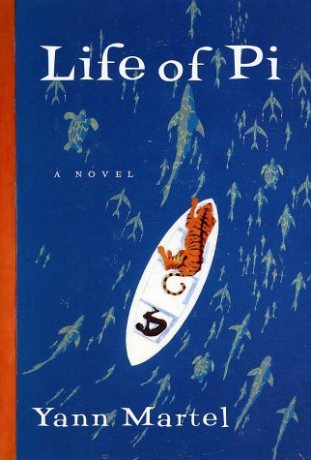Title: Love Kinection
Author: Jennifer James
Grade: 9/10
“Every woman is a princess to someone. Or, she should be anyway.”
I don’t think I’ve ever had the occasion to bring this up, but I really really really really really like romance novels. Like, I walked into Half-Price Books one day and came out with a giant box of fifty books that cost me five dollars. Naturally, some of them were disappointments and the vast majority of them were regency, medieval, or otherwise historical novels, which, like any genre, gets a bit old when it’s all you read. The tropes aren’t fun anymore, the language gets tired, it’s just boring. I felt that way about the romance novel for about five months now and then there was this book, Love Kinection, and yes, the alternative spelling is on purpose.
Jennifer James taps into one of America’s most underutilized romantic resources: nerds. The two main characters, Abby and Tom, are nerds who meet at work, after Abby spends her morning tearing down cardboard cutouts of Cupid and dropping her phone because her sister is marrying her ex-fiance in Vegas exactly a year after he left her at the altar. Abby’s cubicle is covered in Nerdy Stuff, from her TARDIS mug to a plush towel with 42 printed on it. She likes Star Wars and Monty Python and Princess Bride, hates working out sometimes, drinks a lot of wine, and loves to cook. Although I love Tom, and trust me when I say that I really love Tom, Abby is the person who puts this book on her back and carries. She is a stark contrast to what you would normally find in romance novels, the helpless and innocent virgin who needs a big alpha male to save her. Abby needs Tom, but isn’t him that can save her from her past and the pain it causes her. She, ultimately, is in charge of her own destiny, and that makes all the difference.
Love Kinection is a lovely little book that doesn’t try to be anything more than what it obviously is. It isn’t high literature, it isn’t trying to send its reader some high handed message from the mouth of God. It’s fun and light-hearted and meant to be gobbled down like a bag of half-price post-Valentine’s chocolates. There’s nerdiness and video games and leftover Chinese and bitchy sisters and more than one awesome sexy scene, and all of the pieces lead to a very satisfying whole. Love Kinection may not be trying to change the world, but it does get across the message its male lead tells Abby: all women deserve to be princesses. Whether your princess model of choice is Leia, Peach, or Zelda, whether you are a damsel in distress or a woman ready to grab a battle axe and save a prince, we deserve to be treated with respect and we deserve to heard and to be in control of our own lives.
That’s a message I can get behind.
Long may we reign.







